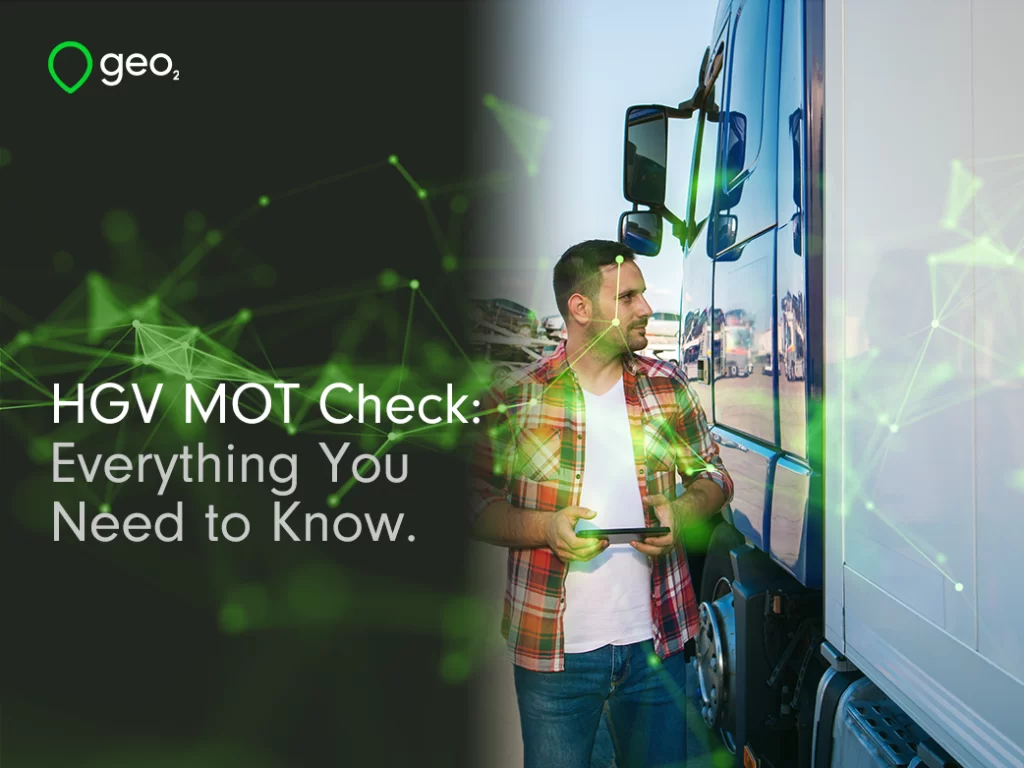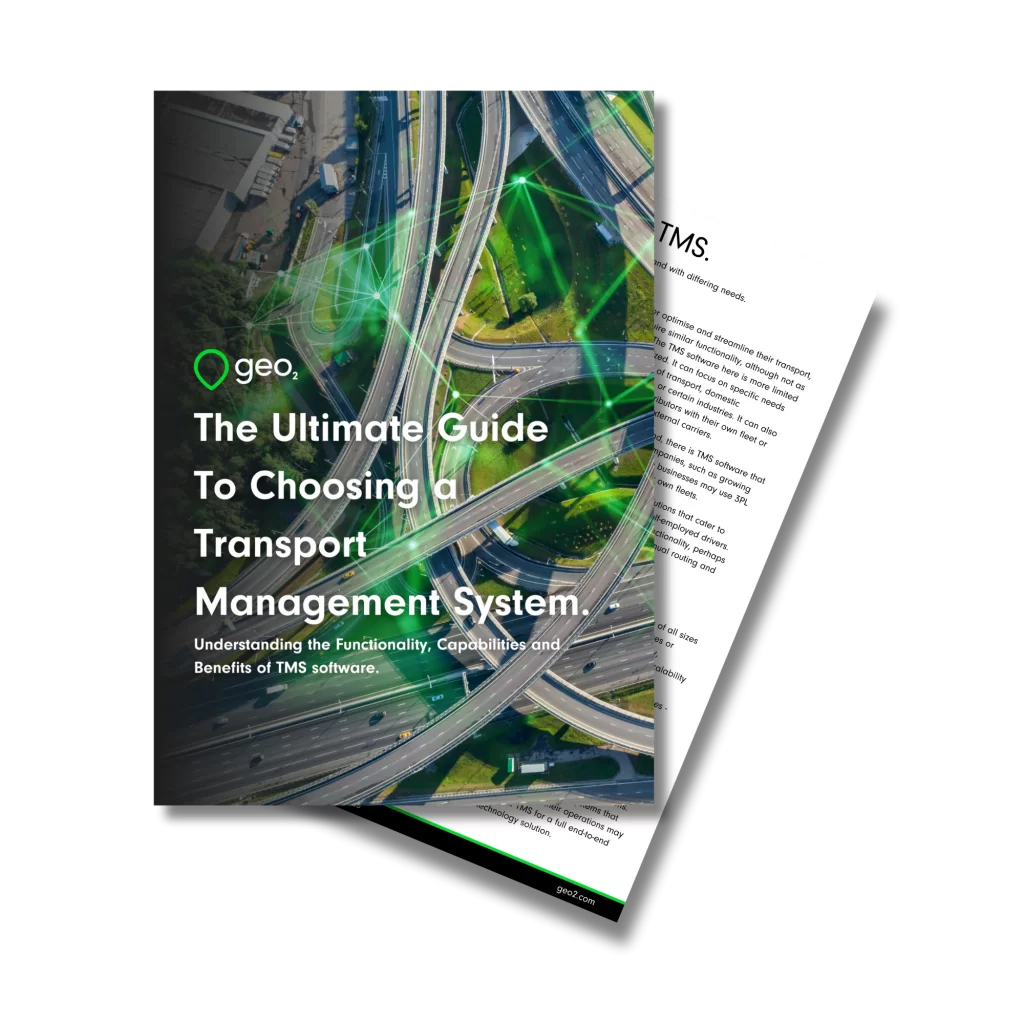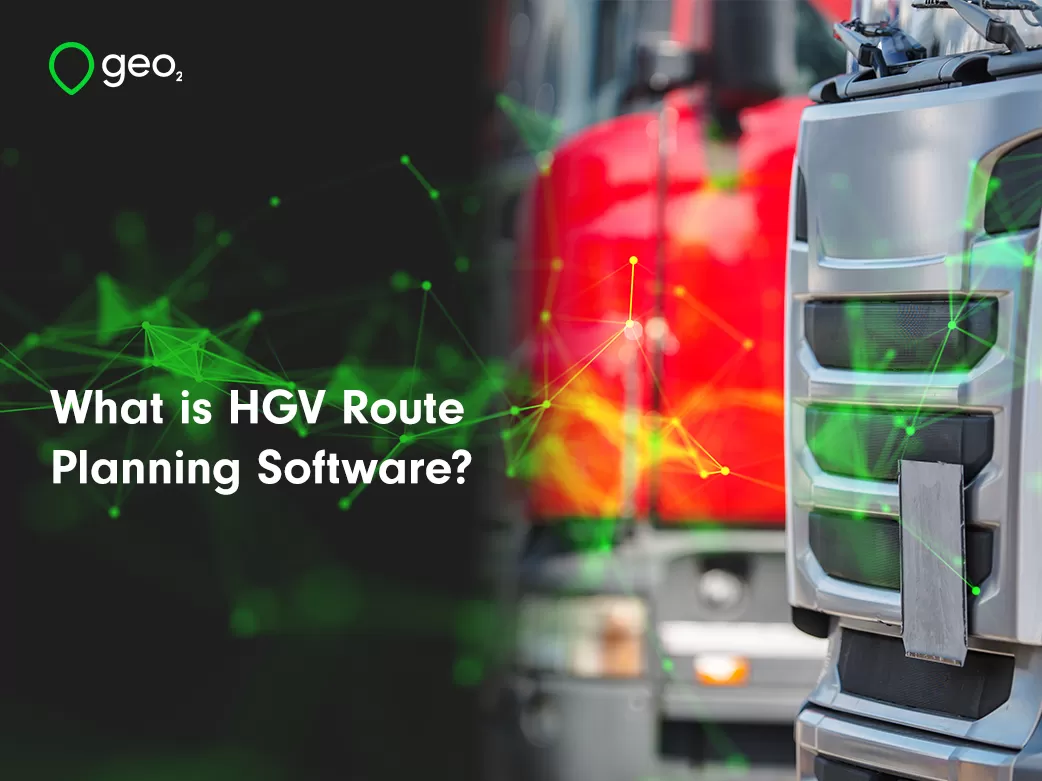
HGV MOT Check: Everything You Need to Know.
Introduction.
The annual HGV MOT check looms as an unavoidable pivot point in your operational calendar. It’s not just a statutory ritual; it’s about affirmatives—affirming safety, compliance, and operational excellence.
Need help choosing a TMS?
Download the Free Guide Now.

Table of Contents.
What Does an HGV MOT Check Involve?
The HGV MOT check is methodical. Your vehicle is assessed for defects from headlamp to tailpipe, is under examination. The essential components include:
- Brakes and tires: for decisive stopping power
- Light systems: to signal your driving intentions clearly
- Structure: because robustness underpins reliability
- Emissions: to reduce your carbon footprint and keep air breathable.
Brake issues and lighting defects alone account for almost a third of all MOT failures. But these are not mere checkmarks; they are affirmations of your commitment to road safety.
Table of Contents.
HGV Trailer MOT Check: A Crucial Rigour
The HGV Trailer MOT check involves a detailed examination of key components that could compromise safety or operational performance. The checkpoints include:
- Structure and body: ensuring the structural rigidity and stability of the trailer
- Brakes: validating the effectiveness of the braking system, crucial for accident prevention
- Lights and reflectors: checking the state and functionality of these vital signaling mechanisms
- Axles, wheels, and tyres: confirming their integrity and alignment, vital for smooth transportation
The HGV Trailer MOT check is not an optional extra, but a compulsory part of your operational schedule.

Checking MOT on HGV: A Step-by-Step Process
The MOT check on HGVs commences with a pre-check that includes the verification of essential documents. These include the vehicle’s registration document (V5C), previous MOT certificates, and service history.
Once documentation has been validated, your vehicle undergoes a comprehensive examination. A certified mechanic will inspect a broad range of components, from the engine, exhaust system, braking and electrical system. The mechanic will assess the condition and performance of these components, filtering out any potential operational failures and safety concerns.
On completion of the check, you’ll receive an MOT certificate if your HGV passes the test. If your vehicle fails, you’ll receive a ‘Refusal of an MOT Test Certificate’ with details of the faults to be corrected. Remember, driving an HGV without a valid MOT certificate can result in severe penalties and detrimental impacts on your business.
Lorry MOT Check: A Responsibility and Necessity
A Lorry MOT check encompasses an exhaustive inspection of your vehicle, scrutinizing every operational component and safety feature. Given that a substantial 28% of lorries fail their initial MOT check, according to the Driver and Vehicle Standards Agency (DVSA), the urgency for meticulous inspections is undeniable.
A lorry MOT check is a deep-dive into the health of your vehicle—assessing the robustness of its structure, the efficiency of its brakes, the functionality of its lights, and the condition of its wheels, tyres, and axles. These checks validate the vehicle’s road-worthiness, ensuring safety and reducing the risk of operational failure or accident.
Common Failures and Issues
The pitfalls are known: neglected brake performance, overlooked tire health, illumination inconsistencies. The DVSA cites these preventable flaws as frequented culprits behind MOT setbacks. By addressing these with preemptive checks and routine mechanic inspections, you close the gaps before they widen. By addressing issues with your vehicle before the MOT, you can increase the chances of your HGV passing on the first attempt.

Tips for Passing an HGV MOT Check
Navigating to MOT success isn’t guesswork; it’s an engineered outcome:
- Conduct rigorous pre-check inspections
- Tackle minor issues swiftly to prevent compounded failures
- Partner with certified, skilled technicians who can dissect potential issues and enact solutions methodically
- Prioritize your HGV’s brake performance by conducting scheduled inspections and repairs
- Keep all essential documents, including service history, readily available for review during the test
- Don’t underestimate the importance of regular maintenance and servicing – it could save you from costly failures.
Conclusion
Vehicles that roll off the MOT line triumphant do more than ferry loads; they bear the mark of a business ethos rooted in safety, longevity, and distinction.
The call for continuous advancement in our supply chain practices has never been louder. Answer it with the integrity of your fleet, beginning with your next HGV MOT check.
For more insights and leading-edge fleet solutions, continue to follow our content and lead the charge towards a safer, more efficient, and impeccably compliant future in freight transport.






